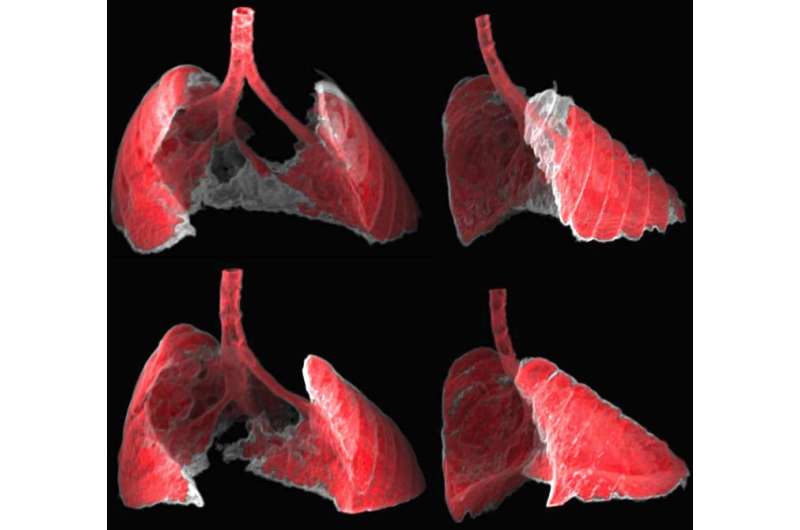Researchers design a nano-carrier to release drugs into damaged cells

Senescent cells are damaged cells that no longer perform their normal roles, but are not dead—hence, they are commonly known as "zombie cells." These cells interfere with the functioning of the tissue in which they accumulate. Senescence is a cellular program that is triggered by many types of damage, and senescent cells are present in many diseases. They accumulate in diverse types of tissues during aging, thus contributing to the progressive deterioration associated with becoming elderly. Eliminating these zombie cells is one of the challenges facing science today.
In the Cellular Plasticity and Disease lab headed by the ICREA researcher Manuel Serrano at the Institute for Research in Biomedicine, researchers are devising strategies to eliminate senescent cells. In a study published in EMBO Molecular Medicine, they present a proof of principle of a drug delivery system with selectivity for tissues that harbour senescent cells.
In collaboration with a team headed by Ramón Martínez-Máñez at the Universidad Politécnica de Valencia, the IRB Barcelona scientists have exploited a particular hallmark of senescent cells in order to design a delivery system that specifically targets them. They have demonstrated its efficacy in cells in vitro and in two experimental mouse models, namely pulmonary fibrosis and cancer. These diseases are characterized by the presence of damaged cells, which is particularly relevant for cancer patients after treatment with chemotherapy.
In these models, the senescent cells take up the carrier more efficiently than other cells. Once inside the cell, the casing of the carrier degrades to release the drug cargo. When the nano-vehicles contain cytotoxic compounds, the senescent cells are killed, resulting in therapeutic improvements in mice with pulmonary fibrosis or cancer.
"This nano-carrier may pave the way for new therapeutic approaches for serious conditions such as pulmonary fibrosis or to eliminate chemotherapy-induced senescent cells," explains Manuel Serrano. Another outcome of this study is that these nano-carriers could be used for diagnostic tests of senescence as they can transport a fluorescent compound or marker.
More information: Daniel Muñoz‐Espín et al, A versatile drug delivery system targeting senescent cells, EMBO Molecular Medicine (2018). DOI: 10.15252/emmm.201809355


















